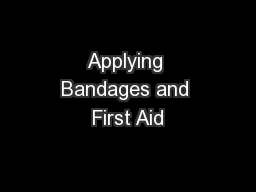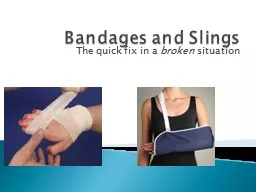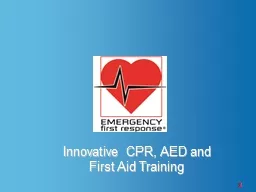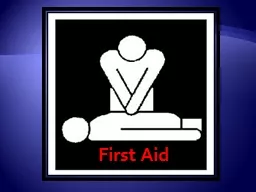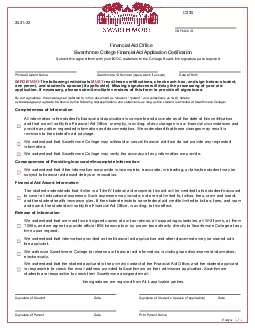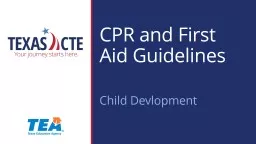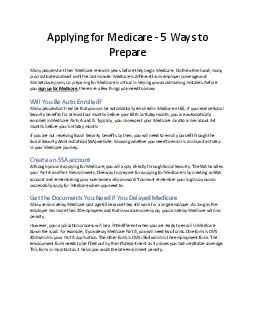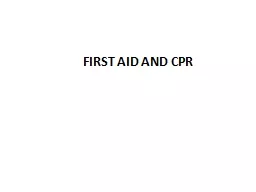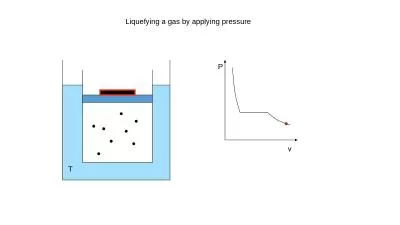PPT-Applying Bandages and First Aid
Author : olivia-moreira | Published Date : 2017-03-21
Next Generation Science Common Core Standards Addressed CCSSELALiteracyRH11124 Determine the meaning of words and phrases as they are used in a text including
Presentation Embed Code
Download Presentation
Download Presentation The PPT/PDF document "Applying Bandages and First Aid" is the property of its rightful owner. Permission is granted to download and print the materials on this website for personal, non-commercial use only, and to display it on your personal computer provided you do not modify the materials and that you retain all copyright notices contained in the materials. By downloading content from our website, you accept the terms of this agreement.
Applying Bandages and First Aid: Transcript
Download Rules Of Document
"Applying Bandages and First Aid"The content belongs to its owner. You may download and print it for personal use, without modification, and keep all copyright notices. By downloading, you agree to these terms.
Related Documents

